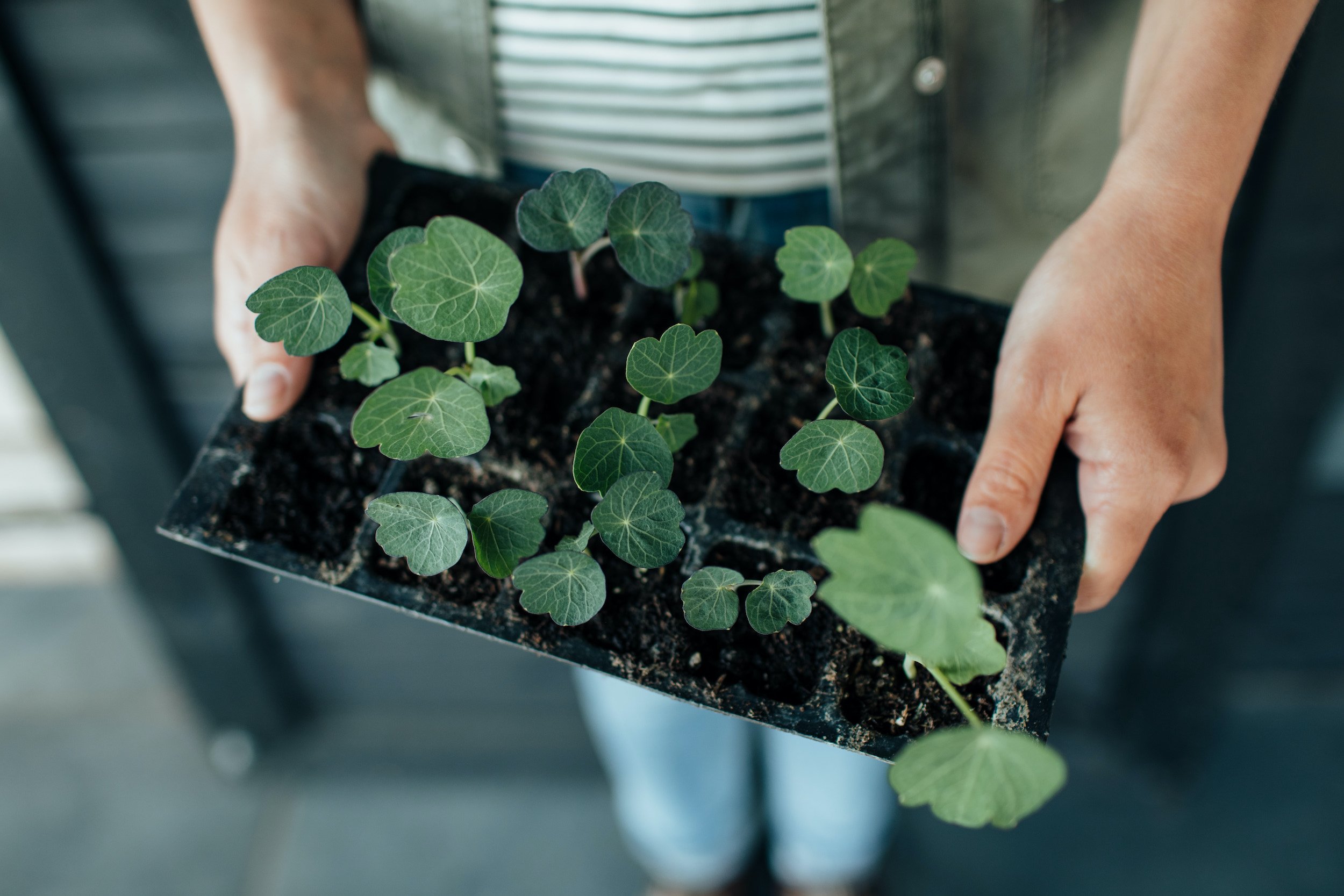Plant guide: Verbena bonariensis
The glorious purple, tiny flowers of Verbena bonariensis are perennially popular with bees and butterflies and equally popular with garden designers!
A really useful and reliable plant, Verbena bonariensis works especially well in front gardens. Its tall, thin, but rigid stems are topped with tiny purple flowers, that dance over the top of other plants. Incredibly long flowering, it’s also slug and snail resistant, very low-maintenance, a great source of nectar and a happy self-seeder, so you’ll never need to plant it again!
Botanical name: Verbena bonariensis
Plant type: Herbaceous perennial. New shoots start to appear in the Spring and verbena continues to grow throughout the Spring and Summer months, dying back with the first frosts. It’s a very long flowering plant, with the purple flowers typically first appearing in March, and usually carrying on right up until October or November.
Growing conditions: Verbena need a spot in full sun, with well-drained soil. Though they grow very tall, the stems are thin and wiry, so they don’t block light to other plants – this means you can plant them anywhere in a border: back, middle or front.
How to grow:
The plant’s huge popularity means it is easy to find container-grown plants in garden centres, plant nurseries or from online suppliers. We’d always recommend buying the smallest size pot available (usually 9cm pots) as the plants will grow very quickly once established. Plant out anytime the soil isn’t waterlogged or frozen. See our guide to planting out container grown plants for more info on planting.
It is also a very easy plant to grow from seed, and will flower in the first year after being sown, coming back year after year. (Because of this, you often find self-sown verbena popping up near your original plants!)
To grow from seed, sow February – March, indoors. Once germinated, prick out and then move the seedlings to their final position in May, after the last frosts. (For more info on growing plants from seed, see our guide: sowing seeds.)
Care:
Verbena is a low maintenance, drought-tolerant plant, that needs hardly any attention once it is established. The stems flower for huge periods of time, adding more and more new tiny purple flowers onto the ends of the spent blooms. If they start to look a bit scrappy, you can just cut the stem back to just above a leaf, or just above where the stem splits.
Because they self-seed freely, you may spot little seedlings emerging. These can easily be pulled out by hand if you don’t want any new plants growing.
Leave stems for winter and cut back in the Spring time.
Verbena can be susceptible to very cold frosts. If you live in colder parts of the UK, a mulch on the crown of the plant in Autumn time helps to keep it a little warmer over the winter months.
Grow with:
Their airy stems mean that verbena looks good alongside a huge range of other plants. Popping up to provide colour and height from among more formal topiary, such as clipped yew, hebes or pittosporum. Paired with other airy plants, such as grasses, they give a sense of lightness and movement. Try them alongside Mexican feather grass (Stipa tenuissima) or one of the more fluffy grasses such as Pennisetum villosum.
Uses:
Good as a cut flower. Because they have a rigid stem, they last a long time without wilting. For this reason, they’re especially good for use in a buttonhole.
Verbena bonariensis ‘Lollipop’ is a lower-growing variety, with a mass of purple flowerhead








